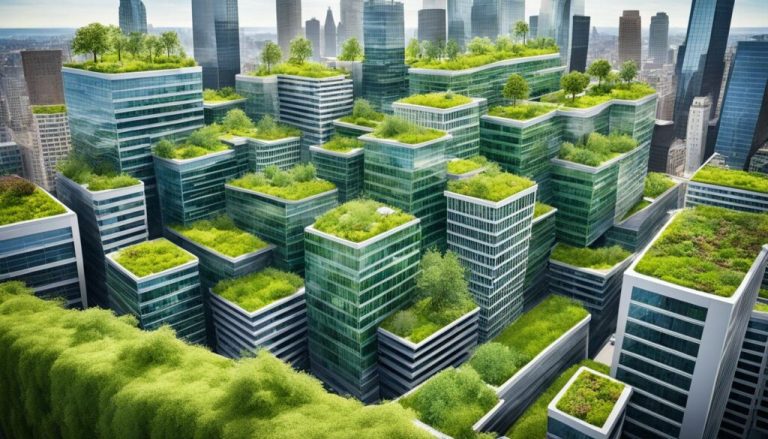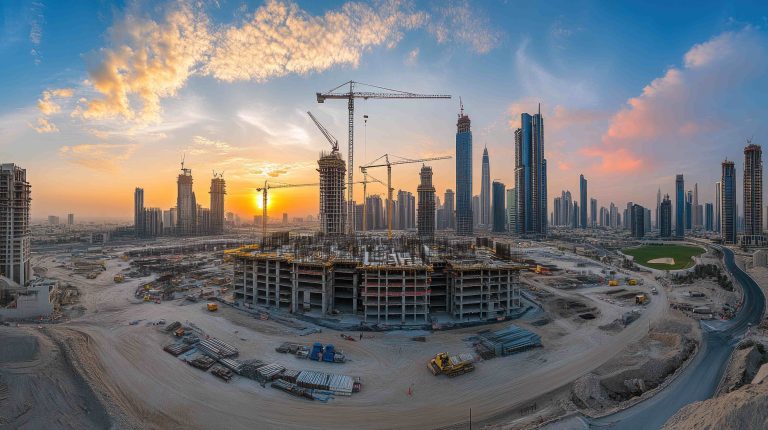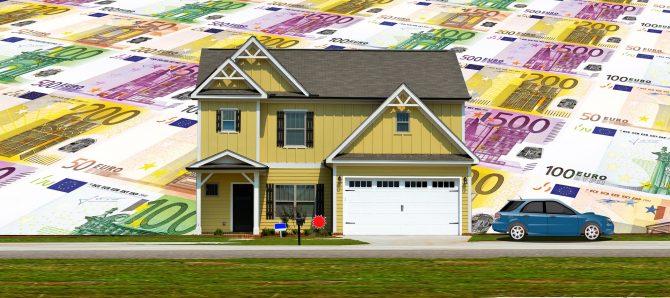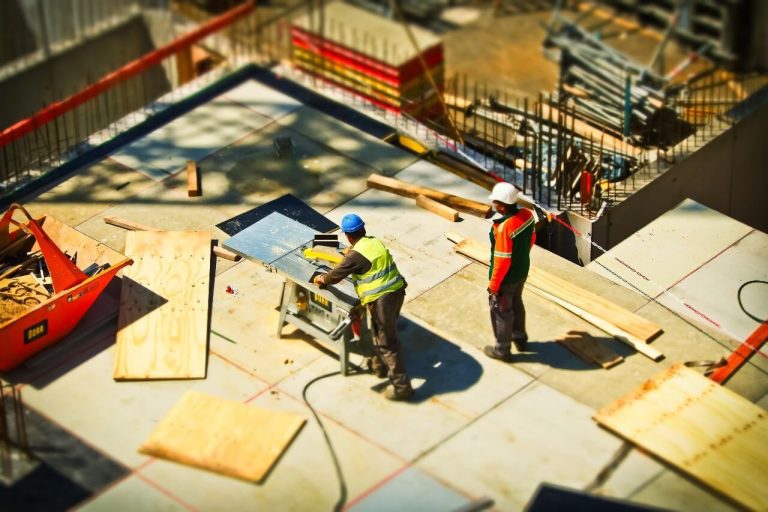Cities are hubs of human activity, innovation, and culture. However, the rapid pace of urbanization often comes at the expense of nature, leading to concrete-dominated landscapes that can feel sterile and disconnected from the natural world. Fortunately, there’s a growing movement to re-introduce nature into our cities, transforming them into greener, healthier, and more sustainable environments. This involves a multi-faceted approach that combines innovative urban design strategies with the expertise of professionals who provide landscape architecture services. This article explores some of the key strategies being employed to bring nature back to the concrete jungle and create cities that are truly in harmony with the environment. The Importance of Green Cities Before we delve into specific strategies, it’s worth emphasizing why greening our cities is so important. As urban populations continue to grow, the need for green spaces and ecological integration becomes increasingly critical. Green cities offer a multitude of benefits, including: Improved Air Quality: Trees and other vegetation act as natural air filters, absorbing pollutants and releasing oxygen. Reduced Urban Heat Island Effect: Green spaces help mitigate the urban heat island effect, where cities experience higher temperatures than surrounding areas. Enhanced Biodiversity: Creating diverse habitats within cities supports a wider range of plant and animal life. Improved Mental and Physical Health: Access to nature has been shown to reduce stress, improve mental well-being, and encourage physical activity. Increased Property Values: Green neighborhoods are often more desirable, leading to higher property values. Sustainable Stormwater Management: Green infrastructure can help manage stormwater runoff, reducing flooding and improving water quality. Strategies for a Greener City Creating greener cities requires a holistic approach that considers various aspects of urban design and planning. Here are some key strategies that are being implemented around the world: Urban Forestry Trees are essential components of a green city. They provide shade, cool the air, filter pollutants, and offer habitat for wildlife. Urban forestry initiatives focus on planting and maintaining trees throughout the city, including streets, parks, and private properties. Green Roofs and Walls Green roofs and walls are becoming increasingly popular in cities as a way to add green space in dense urban environments. These systems involve planting vegetation on rooftops and vertical surfaces, providing a range of benefits such as insulation, stormwater management, and aesthetic improvement. Parks and Green Spaces Parks and green spaces are vital for creating healthy and livable cities. They provide recreational opportunities, promote social interaction, and offer respite from the hustle and bustle of urban life. Effective park design considers factors such as accessibility, biodiversity, and community needs. Urban Agriculture Urban agriculture involves growing food within the city, whether in community gardens, rooftop farms, or backyard plots. This practice not only provides fresh produce but also strengthens community bonds, promotes sustainable food systems, and reconnects people with nature. Green Infrastructure for Stormwater Management Traditional stormwater management systems often rely on concrete pipes and channels, which can exacerbate flooding and pollution. Green infrastructure, on the other hand, utilizes natural elements like rain gardens, bioswales, and permeable pavements to manage stormwater runoff, allowing water to infiltrate the ground and replenish groundwater supplies. Rewilding Urban Waterways Many cities are built around rivers, lakes, or coastlines. Rewilding urban waterways involves restoring natural habitats along these water bodies, creating green corridors that support biodiversity and provide recreational opportunities. Biophilic Design Biophilic design seeks to connect people with nature within the built environment. This can involve incorporating natural elements like wood, stone, and water into building design, maximizing natural light, and creating views of nature. The Role of Landscape Architects Landscape architects play a vital role in bringing nature to the concrete jungle. Their expertise in design, planning, and plant selection is essential for creating functional and aesthetically pleasing green spaces within cities. Whether it’s designing a rooftop garden, restoring an urban waterway, or planning a new park, landscape architects help integrate nature into the urban fabric in a way that benefits both people and the environment. For example, a firm like Barge Design Solutions Inc could be involved in a project to revitalize a neglected urban plaza. By incorporating green walls, rain gardens, and seating areas with shade trees, they could transform the space into a vibrant and welcoming oasis for the community. Integrating Nature into the Everyday Urban Experience Beyond large-scale projects, there are many ways to integrate nature into the everyday urban experience. This can involve: Street trees: Planting trees along streets provides shade, cools the air, and adds beauty to the urban landscape. Green alleys: Transforming neglected alleyways into green corridors with vegetation and permeable paving. Community gardens: Creating spaces for residents to grow food, connect with nature, and build community. Vertical gardens: Installing vertical gardens on building facades to add greenery and improve air quality. Pocket parks: Creating small parks and green spaces in underutilized urban areas. The Importance of Community Engagement Successful urban greening initiatives often involve active community participation. Engaging residents in the planning and design process can foster a sense of ownership and ensure that green spaces meet the needs and desires of the community. This can involve holding public meetings, conducting surveys, and creating opportunities for residents to provide feedback. Looking Ahead: The Future of Green Cities The trend towards greener cities is gaining momentum as more people recognize the importance of integrating nature into urban environments. Urban planning and design are increasingly incorporating sustainability principles, and landscape architecture services are in high demand. Looking ahead, we can expect to see even more innovative approaches to urban greening, such as: Smart green infrastructure: Integrating technology into green infrastructure to optimize its performance and monitor environmental conditions. Nature-based solutions for climate change adaptation: Utilizing natural systems to help cities adapt to the impacts of climate change, such as increased flooding and extreme heat. Increased focus on biodiversity: Creating urban habitats that support a wider range of plant and animal life. Conclusion Bringing nature to the concrete jungle is not just a matter of aesthetics; it’s about creating healthier, more














